[ad_1]
Abstract
- Key Takeaways:
- Lake Titicaca is the biggest lake in South America and the best navigatable lake on the planet. It’s recognized for its wealthy historical past, together with being the birthplace of the primary Inca king.
- Lake Titicaca is exclusive resulting from its dimension, break up between Peru and Bolivia, with a floor space of three,812 meters and sitting at an altitude of three,800 meters above sea stage.
- The lake is believed to be one of many world’s oldest lakes, over 1,000,000 years outdated, and is residence to Inca and pre-Inca ruins. Notable islands to go to embrace Isla del Sol and Isla de la Luna. Guests can attain the lake by way of gateway cities like Puno in Peru or Copacabana in Bolivia.
Lake Titicaca is the biggest lake in South America, and it’s touted as the best navigatable lake on the planet. Lake Titicaca is a spot of legends, Inca ruins, mythology, and extra. In accordance with mythology, it was the birthplace of the primary Inca king known as Manco Capac. It’s thought of the best of the world’s massive lakes.
Lake Titicaca is exceptional for each its wealthy historical past and its geology. Lake Titicaca is a stark distinction with the United States’ largest alpine lake – Lake Tahoe. Not solely is the lake residence to historical Inca ruins, however it is usually residence to even older Tiwanaku civilization ruins.
Totora boat with vacationers on Titicaca lake, Uros, Peru
The Dimension Of Lake Titicaca & Why It Is Distinctive
Lake Titicaca is break up between Peru and Bolivia (each dramatic nations price exploring). It’s discovered excessive and deep within the Andes mountains. The lake is the biggest in South America by each quantity and floor space. Sitting at 3,800 meters above sea stage, it’s excessive sufficient to present altitude illness to the unacclimatized (distinction that with the Dead Sea at 427 meters below sea level, it’s the lowest lake on earth).
- Nation: Peru & Bolivia
- Floor Space: 3,812 meters or 12,507 toes
- Altitude: 3,800 Meters above sea stage
One other element that makes Lake Titicaca exceptional is that it’s regarded as one of many world’s oldest lakes. Lakes don’t are inclined to stay lengthy in geological phrases. They have a tendency to silt up or empty out (the Nice Lakes solely date from the final Ice Age). Lake Titican is regarded as one among lower than twenty historical lakes and is believed to be over 1,000,000 years outdated.
Conventional Bolivian girl in conventional costume at Lake Titicaca
The lake stretches for 120 miles (or 190 kilometers) and is round 50 miles (or 80 kilometers) large. Two components of the lake are related by the slim strait known as Tiquina.
UNESCO lists the lake in its tentative listing of heritage websites.
Lake Titicaca Is Steeped In Inca Mythology & Has Inca Ruins
Lake Titicaca is a spot full of historical past, legends, and uncovered mysteries. In accordance with Incan mythology, it’s the birthplace of the primary Inca king, Manco Capac. Exploring these myths and legends is one among the great things to do when visiting Lake Titicaca.
The lake is residence to various Inca and pre-Inca ruins. Lake Titicaca has over 40 islands, and a few are densely populated, whereas some had been sacred pilgrimage websites for the traditional Inca.
Within the fifteenth and sixteenth centuries, Lake Titicaca had a pilgrimage advanced for the Incas. They might come to the lake and drop choices into the lake.
- Famous Legendary Islands: Isla del Sol & Isla de la Luna
Hilly streets of Isla del Sol
Two of the islands that had been of significance to the Inca had been Isla del Sol and Isla de la Luna. Isla del Sol is one of the largest islands on Titicaca, and there are not any motorized autos or paved roads on the island (it’s situated in Bolivia). The panorama is harsh, however it is usually residence to over 180 historical ruins. A lot of the ruins are from Inca occasions from across the fifteenth century. Notable ruins embrace the Sacred Rock, Chinkana, Kasa Pata, and Pilco Kaima.
Isla de la Luna can be situated in Bolivia and is related to Inca myths associated to the moon. Guests can see the ruins of what’s claimed to be an Inca nunnery. There are additionally ruins of constructions predating the Inca.
What To Know About Visiting Lake Titicaca
Guests can simply attain Lake Titicaca from both Peru or Bolivia. The most common gateway to the lake for tourists is Puno in Peru (Peru additionally attracts much more vacationers general than Bolivia). The best strategy to get to the lake from the Bolivian facet is thru town of Copacabana.
Key Gateway Cities:
- Peru: Puno
- Bolivia: Copacabana
Each of those gateway cities may be reached by bus, automotive, and air (moreover, there’s a practice connection choice to Peru’s Puno – it is a very scenic journey). Strap in; it is a 21-hour street journey from Lima to Puna.
View of Uros floating islands with typical boats
One of many extra exceptional sights is the Uros Islands or Floating Islands. They’re synthetic islands which were constructed out of reeds. Locals take the reeds that street by the banks of Titicaca and type them into floating islands. Folks then make their properties on these floating islands. There are many guided boat journeys to those little islands.
The sights of visiting the lake are a combination of its dramatic magnificence and altitude, its historical Inca and pre-Inca historical past, and the eye-catching tradition and traditions of the individuals residing there in the present day.
[ad_2]
Source link

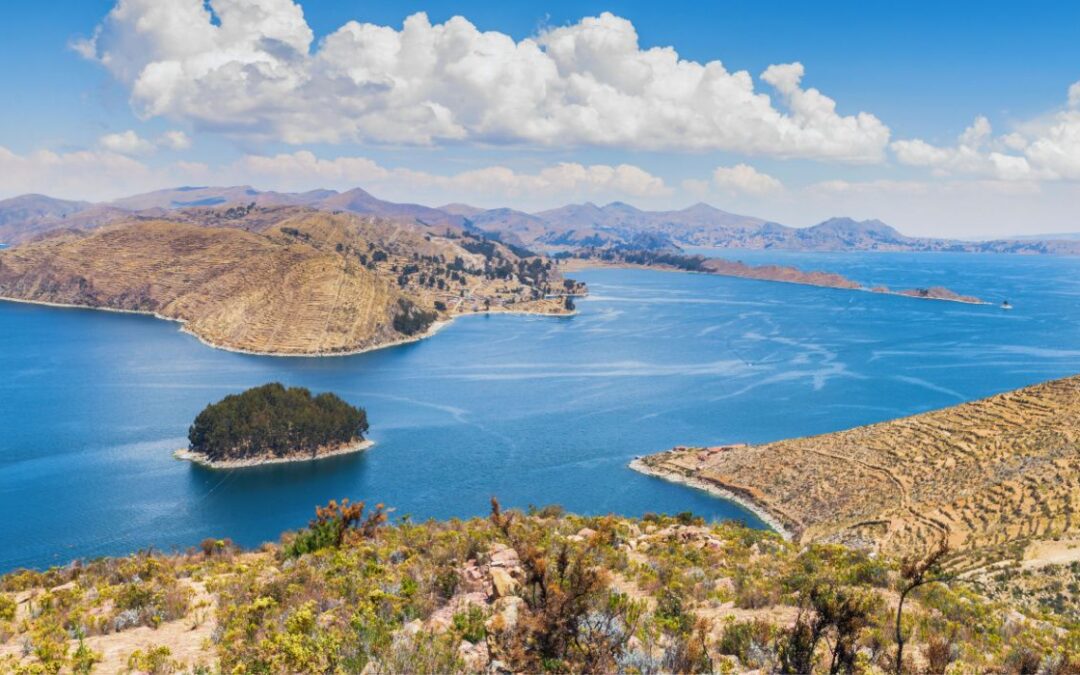
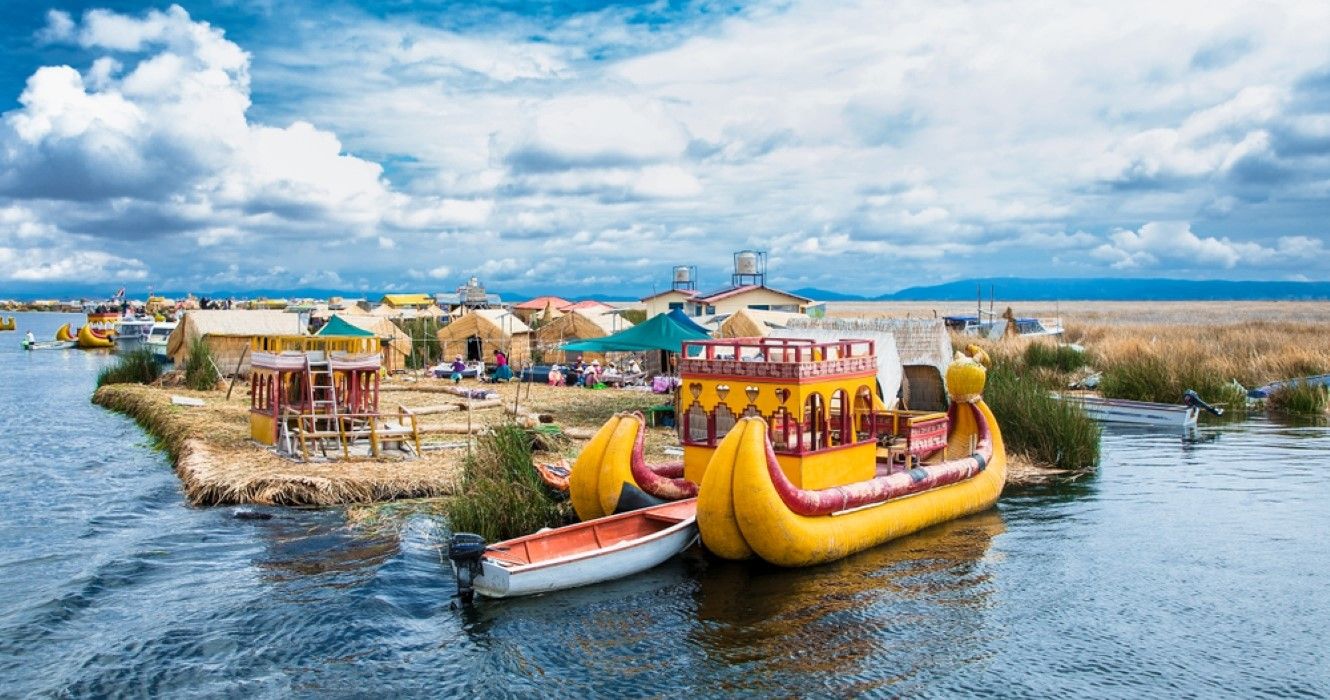
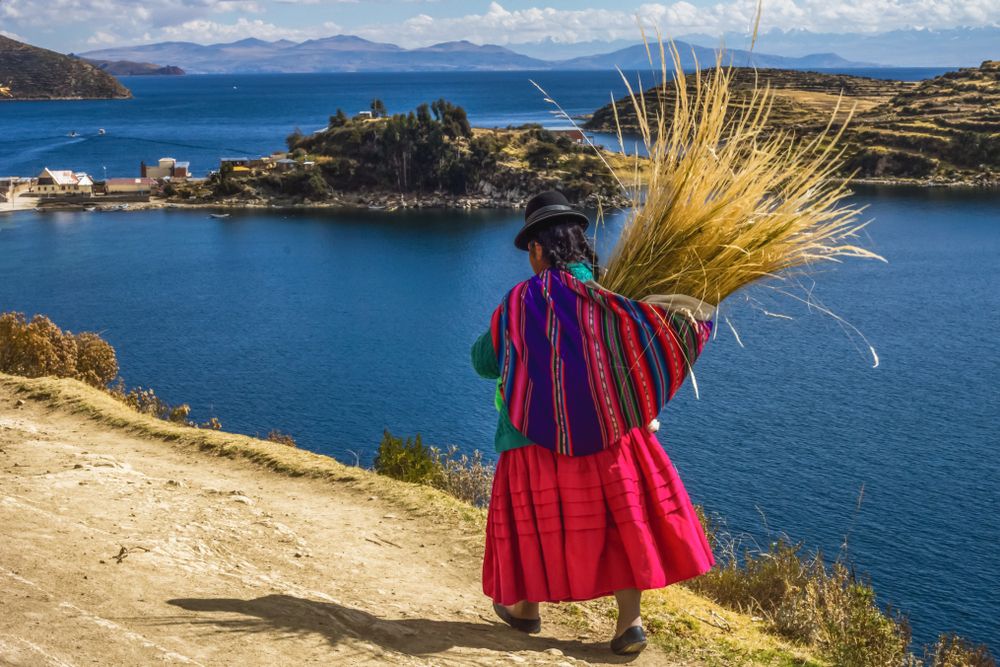
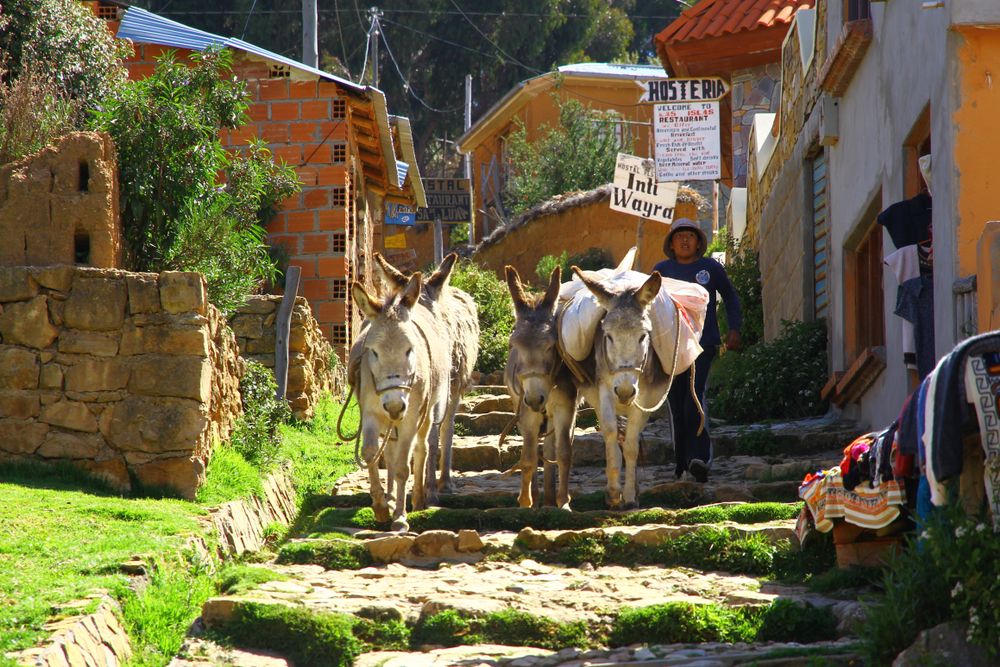
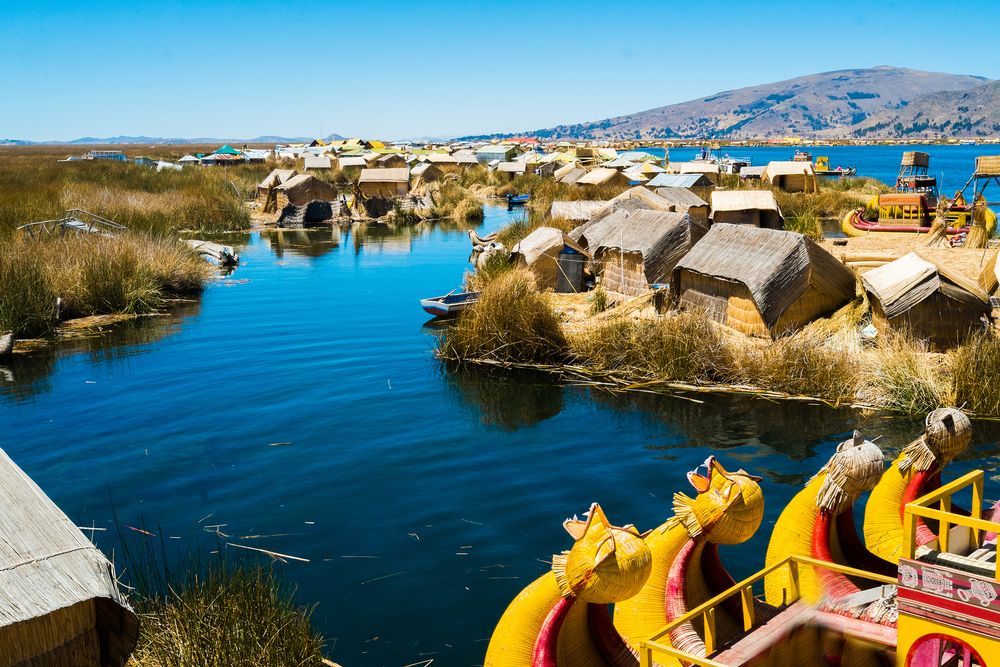
Recent Comments